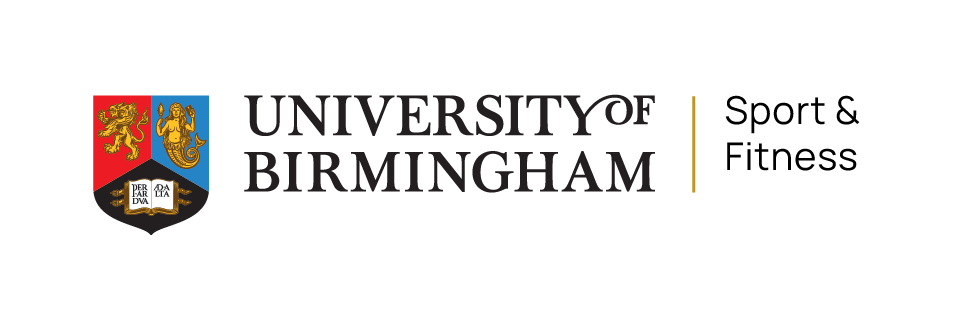
#PathwaytoParis: a Paralympics preview
#PathwaytoParis | A Paralympics preview With a week to go before the start of the Paralympic Games in Paris, let’s take a look at the

#PathwaytoParis | A Paralympics preview With a week to go before the start of the Paralympic Games in Paris, let’s take a look at the

#PathwaytoParis | Our Olympians It’s been an incredible two weeks of sport on the world-class stage, and as the world takes a break before the

#PathwaytoParis | Para-triathletes Paris-bound for Team GB Cardiovascular Sciences Masters alumna Megan Richter will attend her first Olympics with Team GB as part of the
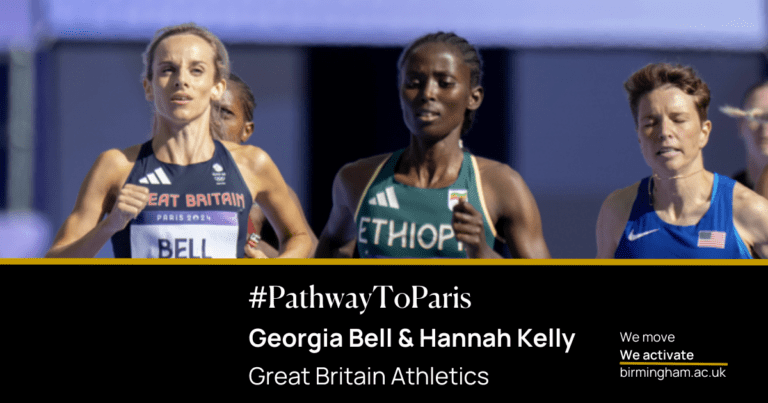
#PathwaytoParis catch up | Awesome Athletics alumna bring home bronze It’s been an astonishing final few days of the Paris games for Birmingham representatives, with
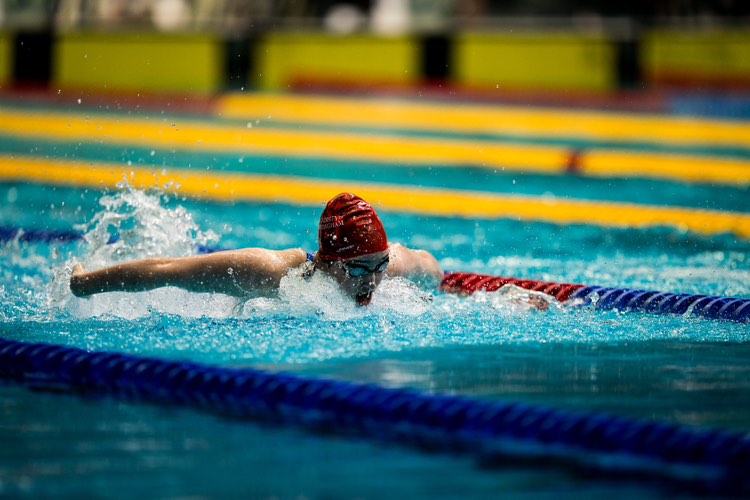
#PathwaytoParis catch up | The Birmingham contingent in Paris The Athletics competition started, and in it were a few familiar faces – namely, Georgia Bell
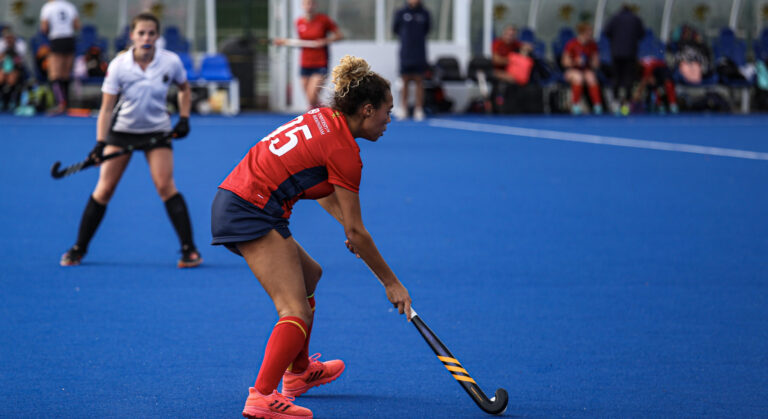
#PathwaytoParis catch up | The games for Birmingham alumni so far It’s been another busy few days for our representatives in the French capital, including

#PathwaytoParis catch up | The games so far for Birmingham alumni The action kicked off on the River Seine last weekend with a unique Opening

Bell beat Muir to secure a spot at the games PATHWAY TO PARIS – Middle-distance runner and alumna Georgia Bell secured her Team GB spot
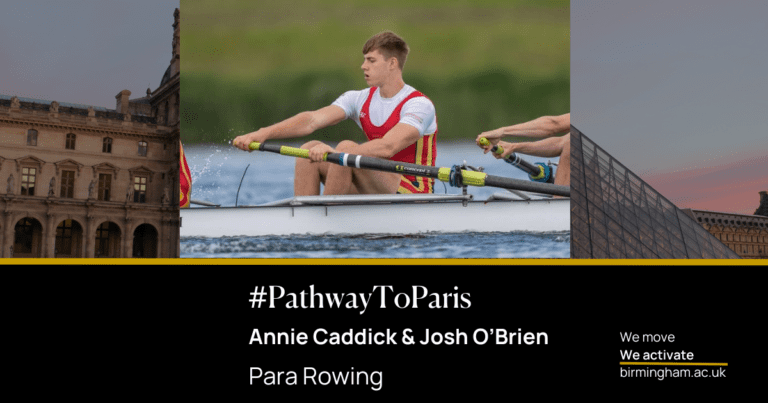
Paris Paralympics rowing dreams a reality PATHWAY TO PARIS – Alumni Annie Caddick and Josh O’Brien (Economics) have been selected to represent Team GB at the

The team behind the team at Paris: alumnus Ollie Armstrong PATHWAY TO PARIS – Sport & Exercise Science alumnus and former staff-member Ollie Armstrong will take
Scroll down for more options…
Scroll down for more options…
Scroll down for more options…

